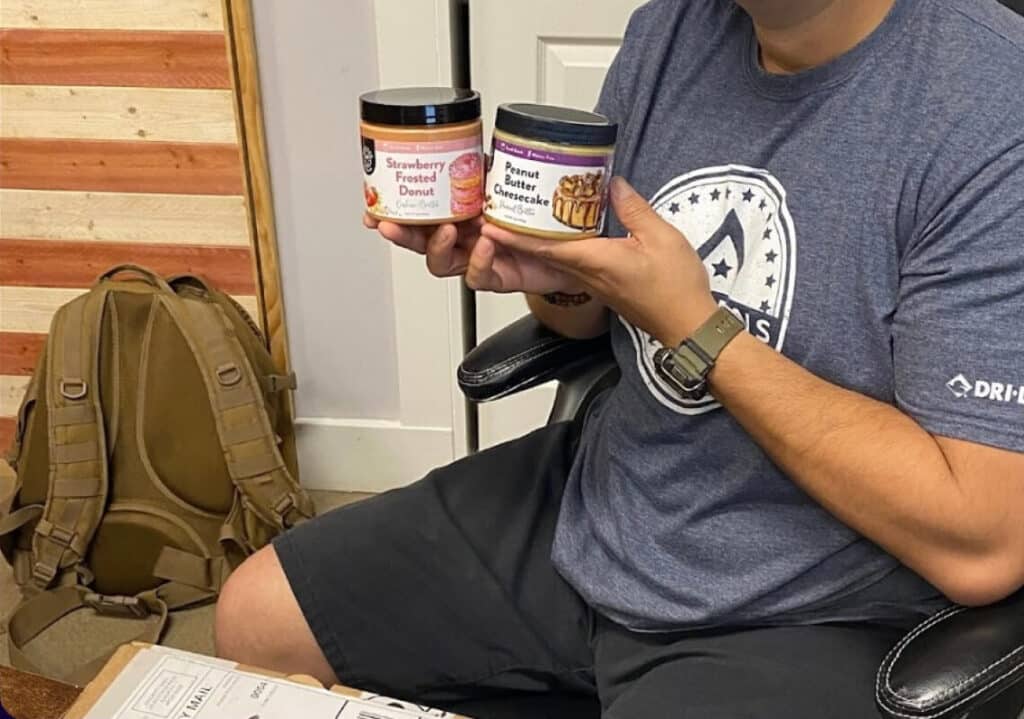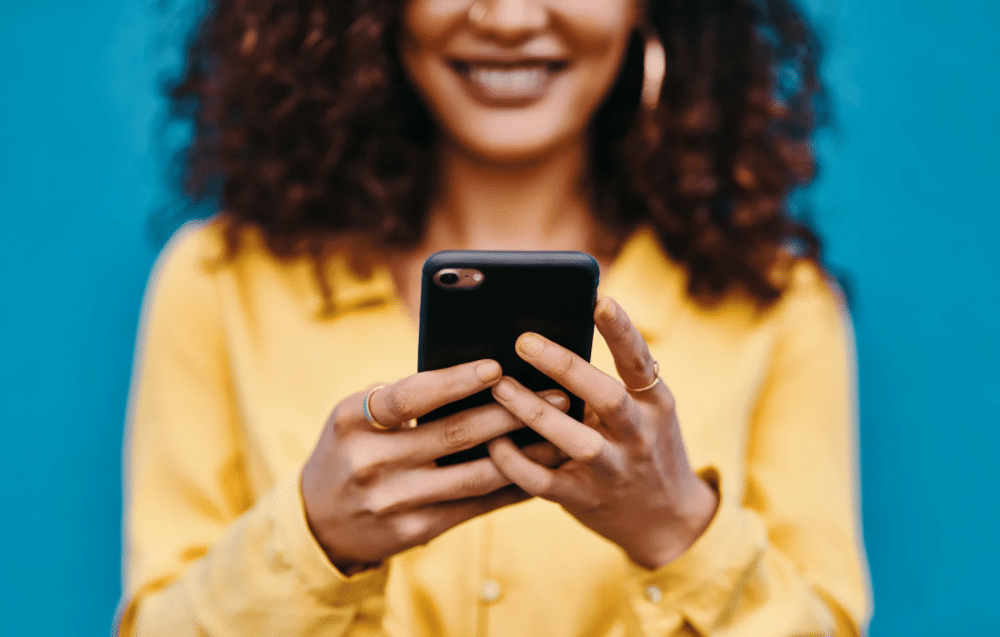Biggest Problems with Influencer Marketing

In the past five or so years, influencer marketing has proven to be more effective than traditional forms of advertising. Its effectiveness is mostly due to it being new, exciting, unique, and, to an extent, personal.
Unlike the typical ads, the content that influencers produce is “unpredictable” and original. It represents the influencer’s personal brand, it is quirky and appealing to the audience. From the celebrity influencers such as Kim Kardashian and Selena Gomez, over Jeffree Star and Shane Dawson, all the way to micro influencers, marketers, and brands have experienced immense growth and massive return on their investment in influencer marketing.
However, there are a few problems with influencer marketing that have become apparent as time has passed. It seems that everyone and anyone wants to utilize the power of influencers to market their product. As times are changing, the issues and challenges are becoming more prevalent, so let’s explore some of them.
1. Finding the Right Influencer
Matching the brand with the right influencer is something that should seem obvious enough. However, many brands struggle with this issue. Marketers who are not proficient enough in the world of influencer marketing can face many difficulties when trying to find the perfect influencer to promote their product or brand.
A sports drink brand working with a candy influencer is obviously not the right fit. A makeup brand that does not offer items free of animal products will not benefit from a vegan influencer. A fast fashion brand will not get great results working with an environmentally conscious influencer.
Influencers whose audience grows at the speed of light may sway a brand to choose them over someone else who may not have as big of an audience but fits the brand better. Scouting for influencers is a long and overwhelming process, especially if the marketer is not entirely familiar with the core message they put upfront. Moreover, many talent agencies are not doing the most exceptional job matching their influencers with the brands, creating more friction and chaos than necessary.
Because of this, brands often struggle and run non-lucrative campaigns only because of the poor choice of influencer. Spending a bit of time and finding the right person will pay off in the long run.
2. Dependent on Platforms
Many influencer platforms have become nothing more than competitive marketplaces where brands have to compete dollar for dollar to get the perfect influencer for their campaign. These platforms have their positive sides, of course, one of which is the fact that marketers can easily scout the pool of influencers in one place.
In most cases, the cons outweigh the pros since these platforms are so easily accessible, offer shared, not priority access to the influencers, making brands compete with each other, and ultimately, raising the price of campaigns.
Shifting your focus from influencer platforms to alternative channels of influencer acquisition will allow you to get more favorable terms. These channels help when negotiating the price without the need to compete with another brand bidding for the same influencer overtly.
One of the alternative channels can be brand ambassador agencies, or the traditional manual search for influencers. Brands that spend more time vetting will get better results, and no AI can vet an influencer better than a human can.
Moreover, by doing this, brands avoid the fees that the platform charges. In the long run, this can add up to a lot of money.
Platform pros:
- Accessible
- A large pool of influencers
- Easy to review an influencer
Platform cons:
- Shared access
- Competitive marketplace
- Require fees
- No clear analytics
3. Expensive
Influencer marketing used to be much more straightforward. An influencer would create content, promote a product, and get fairly compensated for the work they have done. Since not many brands utilized this form of marketing, the prices were not as high as they are today.
Today, macro influencers will usually not get out of bed for less than $30,000 – $200,000, and no, this is not a joke. A fashion blogger with around 100,000 followers will potentially demand approximately $60,000 for a blog post and another $10,000 for a dedicated Instagram post.
In response, brands are turning to micro and nano influencers, as well as brand ambassadors. Micro and nano influencers do not necessarily have a huge following but do have a dedicated audience who respects their recommendations. They also charge way less for the work they do, while still managing to drive sales and influence their communities. However, brand ambassadors can also be big influencers, such as professional athletes, that love the brand and have a strong and long-lasting relationship with it.
|
|
Price Per Post |
Reach |
|
Celebrity – Mega Influencer |
~ $500,000 |
Over 10m |
|
Macro Influencer |
$30,000 – $200,000 |
100,000+ |
|
Micro Influencer |
$250 – $2500 |
10k – 100k |
|
Nano Influencer |
< $200 |
< 10k |
According to data from NeoReach.
4. Influencer Fraud
Sadly, since being an influencer is a highly coveted career, many result to fraudulent means to increase their followers and engagement on posts. Influencer fraud is a real issue that plagues the market, so much so that studies show that up to 20% of influencers with 50k to 100k followers are made up of a significant number of fake followers.
What can brands do to combat this issue? First of all, they need to conduct research and hold influencers accountable for their actions. Some of the things a brand can focus on:
- Engagement ratio. If an influencer has a massive discrepancy between the number of followers and the number of impressions on their posts, something is not right and can be a sign that they purchased followers. However, even if the number of likes and comments matches the number of followers, they can still be obtained through bot accounts. In this case, marketers can use various tools to figure it out, or do a deep dive into the comment section and spot the obviously fake accounts that like and comment on the posts.
- Growth rate. If an influencer blows up overnight, it is usually a sign for concern. Influencer growth can be radical. However, most of the time, their audiences will grow steadily and over a more extended period. If an influencer experiences a sudden rise in follower count, that can be a clear sign of purchased bot following.
- Irrelevant engagement. Numerous influencer posts are home to many irrelevant comments from questionable accounts. A prevalent amount of #likeforlike, #followforfollow, or simply “Wow dear” comments can be a sign of bot accounts. It can also be a sign of teenagers who want to get more followers themselves and do not care about the message an influencer is putting out into the world.
- Content. If an Instagram influencer posts mediocre photos that wouldn’t usually drive high levels of engagement and comments, then that is a reason for concern. Unless an influencer is a big celebrity, the chances of them getting thousands of likes and comments on bad photos and videos are slim to none. Marketers need to understand the environment of the social media platform an influencer operates on and know what type of content usually gets attention from their audiences.
5. Focusing on Followers Instead of Engagement
Brands should shift their focus from the number of followers to the quality of engagement influencers get from their audience. This helps brands avoid working with fraudulent influencers who artificially inflate their numbers, and also ensure that the campaign they are running is reaching the right audience.
There are two types of engagement brands should pay attention to:
- Overall engagement. Low engagement rates result in low ROI, as simple as that. If an influencer does not get feedback on their posts and their audience seems uninterested in what they have to say, then that influencer is no better than an average Joe with 120 followers on Instagram. To make matters worse, that soccer mom would probably drive more sales in her small community of peers than an influencer with the uninterested audience. However, even if engagement is high, brands should pay attention to the overall demographics of the influencer. If mostly children are following their social media, brands have no place promoting a product that does not cater to them, but more on that later.
- Contextual engagement. High engagement rates mean nothing without the essential contextual engagement when it comes to marketing. If an influencer has a low engagement rate when they talk about a specific topic, especially if they are doing a sponsored post, that means that their audience is not interested in being sold to. They will not be as likely to purchase a product that an influencer is promoting. They do not see them as a credible source of information when it comes to spending their hard-earned money.
6. People Can Spot Sponsored Posts
Marketers who work with display advertising know that one of the biggest challenges they face is banner blindness. Audiences are used to the positioning and look of the ads, and they usually ignore them.
The same thing is happening with sponsored posts created by influencers. Their audiences are not stupid. They know when they are being sold a product, and tend to ignore whatever the influencer says about the brand they partnered with. They would much rather see an honest review of a product than a sponsored post.
People are getting tired of influencers pushing products on them all the time. This is partly the reason why brands are shifting to invest their money with micro or nano influencers. Since they are not being paid hundreds of thousands of dollars per post, their promotions feel more genuine, as they have little to lose if they say something negative.
Nowadays, FCC and similar organizations require influencers to disclose that the post was sponsored, which can drive the audience away from that content when they find out that it was paid for. Even though this practice of disclosing is beneficial for everyone, audiences are still not keen on being viewed as walking wallets.
7. Influencer Controversies
The mainstream media is keeping a close eye on influencers. Various scandals have tarnished the influencer sphere and made brands more wary of getting into contracts with them, as these scandals are unpredictable most of the time.
Some infamous examples have cost influencers multi-million dollar contracts for product collaborations and simple promotions. For example Felix Kjellberg, aka Pewdiepie was dropped by Disney after an insensitive joke scandal. Disney publicly disassociated from Kjellberg and released a statement explaining their view on the situation. Another instance of influencer issues is Logan Paul’s suicide forest video that made considerable waves in the influencer marketing industry. Numerous brands put out statements publicly disassociating from Paul, condemning his move, and trying to save face after the scandal.
But what can brands do to avoid this? Vetting an influencer’s entire pool of content is an incredibly tedious and lengthy task. However, at least some kind of vetting is needed when working with them. Brands should be clear with influencers about their expectations and guidelines for representing the brand, keep track of their activities so they can avoid potentially detrimental situations.
Conclusion
Influencer marketing is facing several problems nowadays, but nothing is lost yet. Brands need to step away from the mindset that worked last year and focus on the present day climate of the influencer marketing sphere. Being diligent with research, knowing what to expect price-wise, stepping away from the influencer platforms while taking matters into their own hands is essential in today’s climate. Despite the challenges associated with influencer marketing, it i still a cost-effective strategy to drive growth.






